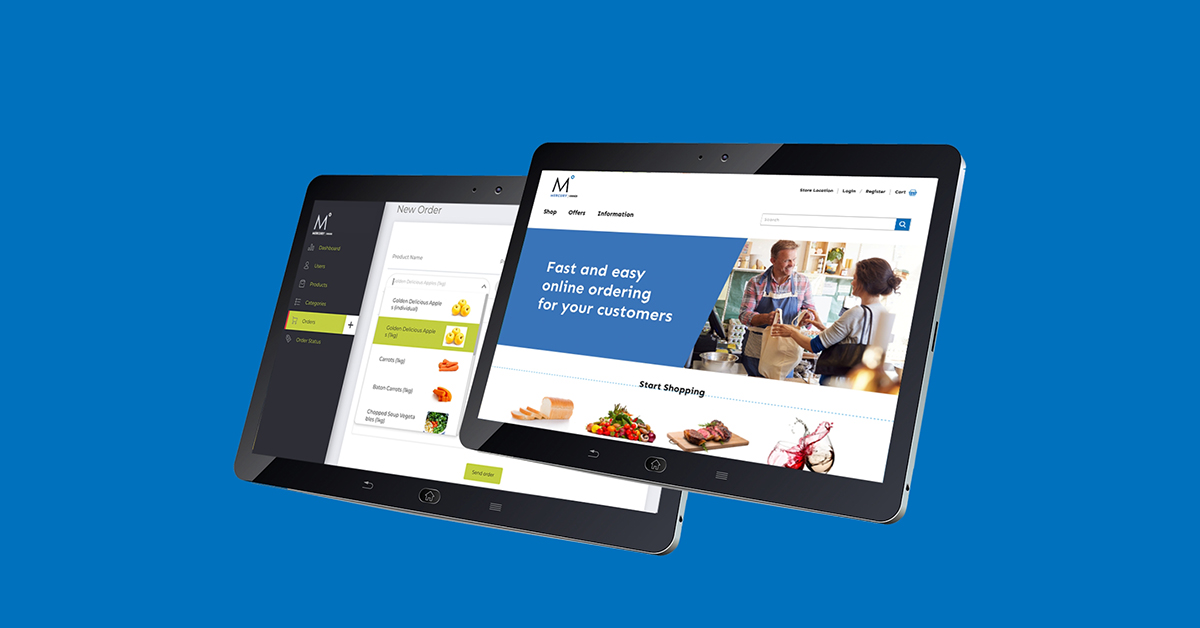Bridging the gap between e-commerce and retail
In the midst of this challenging environment, there is significant innovation by retail brands that have adopted technology to bridge the gap between the physical and online worlds.
As the virus is now at the forefront of everyone’s minds, dealing with its effect on everyday life has become crucial. When many areas of business are struggling, there are opportunities for others to flourish. One area of business that is helping economies stay afloat – and even grow – is e-commerce.
Retail is in the midst of a massive shift. By next year, online shopping was initially expected to account for 17.5% of global retail sales. Growth has been rapid, almost doubling between 2015-2019 from 7.4% to 13.7% of total sales.
These statistics highlight the growth and direction of online sales, even before the dynamic effects of the Covid-19 outbreak.
As more businesses turn to e-commerce in these turbulent times, many hope this may limit the harmful effects of coronavirus on the economy. Changes that are already occurring:
- Consumer shift towards online purchasing, to avoid public places. Services such as home delivery and click and collect prosper.
- The online divisions of retailers have become major beneficiaries.
In order to strike a healthy balance of e-commerce and in-store sales, retailers now have to bridge the gap between online and in-store shopping in order to meet the demand for a coronavirus society and modern customer experience.
How can retailers bridge the gap?
- Make a crisis plan and respond. Adapt your current and post-coronavirus strategies to alternative methods of product delivery. This process must be fast and reactive to the rapidly evolving circumstances.
- Embrace digital. Retailers that develop a clear digital strategy can reap the rewards of increased competitiveness and a deeper customer relationship.
- Allow consumers to purchase online and simply use the store as a collection point to reduce the risk of transmission.
- Give customers the choice of home delivery to further reduce the risk of transmission.
- Focus heavily on the journey of your customer. Be aware of the steps and precautions customers go through as they engage with your brand. Seek to understand key customer touch points – both on and offline.
- Adapt fast. Agile and adaptive retailers will succeed in this era of retail. Sticking solely with traditional channels is simply not an option anymore.
Innovative software provided by Mercury Order is helping retailers to quickly and easily embrace technology to deliver the customer journey consumers are craving.
March was the busiest month on record for UK supermarkets, seeing a 20.6% rise in sales.
At this present time, the full-blown impact of the coronavirus on the global economy is unpredictable. In order to effectively bridge the gap between online and in-store engagement, retailers need to adopt and identify opportunities, even in a disrupted market.
If you would like further information about how Mercury Order can assist your sales processes, contact us today: NI/GB +44 2871 228820 ROI: +353 1 247 5294.



